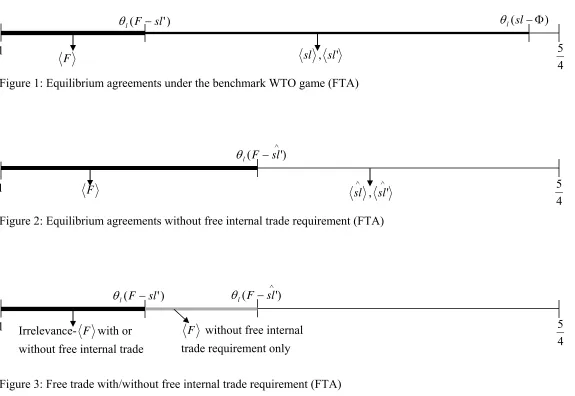Preferential Trade Agreements and Rules of the Multilateral Trading System
Full text
Figure


Outline
Related documents
3.2. “ Industrialized WTO ” and “ industrialized PTA ” trade effects Our results above suggest that PTA trade creation is not homoge- neous across agreements. To the
The major objective was to find out whether the bilateral trade agreements have been trade creating or trade diverting.Using a country-specific fixed effects
t ), the PTA actually bene fi ts the non-member who then gains less from a move to global free trade relative to that under MFN. In fact, su ffi ciently low PTA tari ff s can
It argues that countries pursuing preferential trade initiatives are in pursuit of the economic rents resulting from the trade diversion associated with trade preference
This paper examines the welfare implications of preferential trade agreements (PTAs) from the perspective of small countries in the context of a multi-country, general
Second, the degree of trade governance convergence between Atlantic space trading arrangements and the WTO Agreements depends on the level of partner countries’ development and
For the former group, which we call incumbent suppliers, the responses to preferential access generate a positive welfare e¤ect if and only if the external tari¤ is su¢ ciently low,
The 20 agreements included in the analysis were selected because Australia is a member — CER, South Pacific Regional Trade and Economic Cooperation Agreement (SPARTECA) and